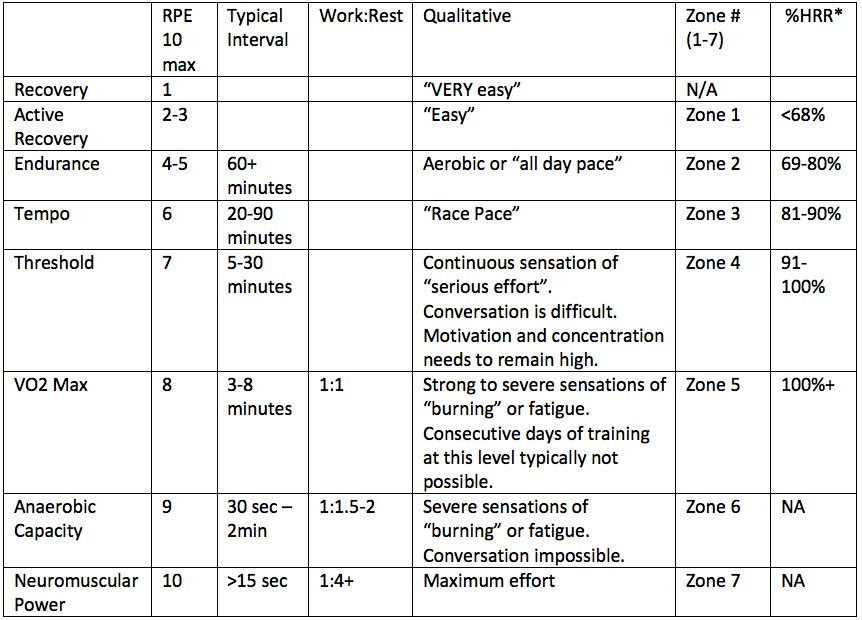Jeopardy Question of the Day: “I’ll take History for 900, Alex…”
Invented in England by William Cubitt as a prison rehabilitation device meant to cause suffering, this piece of equipment was soon being used in 109 of 200 jails in England, Wales and Scotland and was considered an excruciatingly boring and physically exhausting torture device.
What is…
…The Treadmill.
Really. I always referred to it as a Deadmill myself… I had no idea the history of the thing. This is such a good read.
Safer, more effective Running Mechanics for YOU:
Every runner is different. The “right” mechanics will vary greatly from one runner to the next. For many of us we’ve been running for decades. Making a complete overhaul of our running mechanics is not only extremely difficult, it’s inadvisable: Our body has adapted to the specific stresses we have been placing on it kilometer after kilometer after kilometer: Bones have strengthen in specific places; Joints have adjusted to specific ranges; Tight muscles are often protecting a vulnerability or imbalance. Aggressively changing how we strike the ground, how quickly we turn over, how we hold our torso and head… may challenge the muscular and skeletal system too much. It can lead quite quickly to extremely sore muscles, joints and ultimately injury.
Proceed with small steps. There is a more efficient, natural runner inside you. As you play with different subtle alterations you will find things feel “slightly more challenging in a good way”, or “more fluid”. You may find that running at a slighter quicker pace elicits both a slightly higher cadence and feels “harder” but “better”. Whatever you’re working on, do your best to keep relaxed. Breathe deeply. And relish the opportunity to cover some distance outside.
If you’re interested, we’ve posted more details on Running Mechanics here.
The Workout:
Dynamic Warm-up:
• Hip Bridges
• Straight Leg Lateral Swing
• Knee hugs
• Walking Lunges (arms overhead, torso twist)
• Butt Kicks
• High Knees
Running Warm up:
• Easy Run (Zone 2-3): 5-8 minutes
See intensity guidelines at the bottom of the Workout Section
Ladder Workout:
• 50 meters run “hard” (Zone 4-6)
• 50 meters recovery easy run or walk (Zone 1-2)
• 100 meters run “hard”
• 50 meters recovery
• 150 meters run “hard”
• 50 meters recovery
• 200 meters run “hard”
• 50 meters recovery
• 250 meters run “hard”
• 50 meters recovery
Comfortable run (Zone 2) for 5 minutes
Repeat the Ladder 1-2 times.
Cool down easy run 5-8 minutes.
More advanced Runners:
Run both “up” and “down” the ladder to make a whole set (ie after 250:50, 200:50…)
Repeat 1-3 times.
Intensity Guidelines:
Note that using heart rate training zones have limitations. For example, cycling workouts will typically elicit a lower heart rate response for the same exertion compared to running workouts. Variables such as psychological stress, fatigue and dehydration will also alter heart rate response, making it difficult to gauge how hard you are or more importantly should be working.
*HRR or Heart Rate Reserve: The difference between your resting HR and your maximum HR (220-age for males, 226-age for females).
Now calculate your training zones by adding RHR to a % of HRR.






